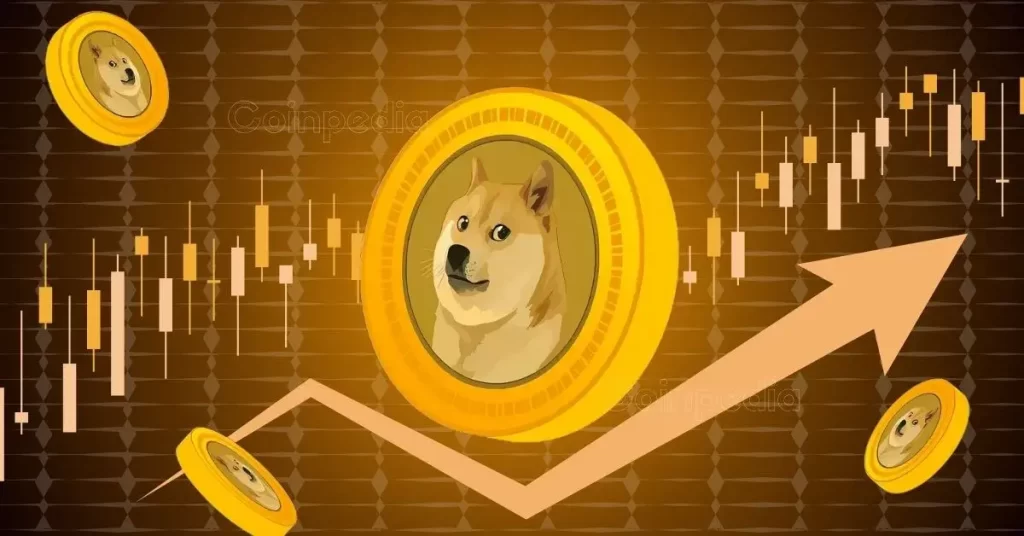ARTICLE AD BOX

- The Crypto Fear and Greed Index tracks the shift in market sentiment.
- Ahead of a potential spot BTC ETF approval, the index shows greed in the market.
While meticulously researched analyses guide the decisions of market participants in the crypto world, fear and greed often hold the reins of investors’ actions.
Understanding and managing these emotions is essential to navigating this perpetually volatile market with any degree of success.
Although one cannot accurately predict future price movements of crypto assets, tools such as the Fear and Greed Index offer valuable insights for making informed decisions.
What is the Crypto Fear and Greed Index?
Fluctuations in an asset’s price are due to shifts in either fear or greed within the market. The market is said to be greedy when there is heightened demand, which consequently drives up an asset’s value.
Conversely, an uptick in fear manifests in reduced demand and price. This potentially presents an opportunity to acquire more of an asset.
Enter the Crypto Fear and Greed Index, a tool developed by Alternative.me, which acts as a sentiment gauge, measuring the overall emotions driving the crypto market.
The index generates a number on a scale from 0 to 100, with a value of 1 suggesting that the crypto market is in a state of extreme fear. Extreme fear indicates a trend of selling among investors, which puts downward pressure on an asset’s value.
Conversely, a value of 100 indicates an extreme level of greed, signaling a prevalence of buying behavior.
Following a simple rule of thumb, investors often resort to panic selling during market downturns, indicating fear and causing an asset’s value to dip.
Conversely, during market upswings, there is a heightened tendency to accumulate cryptocurrencies, showing increased greed and resulting in significant price movements.
The various index levels
Here is a breakdown of the various index levels and their associated market sentiment within the Crypto Fear and Greed Index:
0-24
When the index falls within the range of 0-24, the market is said to be in a state of fear. During this period, investors become extremely cautious, with most opting to sell their holdings to mitigate potential losses.
The period is also marked by a decline in trading volume, as market participants watch from the sidelines, refusing to occupy any trading positions. This level often signals the possibility of further price declines due to heightened selling pressure.
This was the case on the 22nd of August 2019, when the index dipped to a meager 5 out of 100, indicating a state of extreme fear within the market.
The plunge coincided with escalating trade tensions between the US and China, culminating in a 10% tariff on Chinese goods. This resulted in a 16% decline in Bitcoin’s [BTC] price, which had been climbing for months.
During the COVID-19 pandemic in March 2020, the Fear and Greed Index plummeted to a near-deathly 8 out of 100 on 28 March. In the two days following, BTC’s price shed more than half its value.
Again, in November 2022, following the unexpected collapse of cryptocurrency exchange FTX, the Crypto Fear and Greed Index returned a value of 12, coinciding with BTC’s price fall to a two-month low.
However, this range may also present buying opportunities for those with a long-term investment horizon, as asset prices may be undervalued.
25-49
Another range is the 25-49 level. Although fear still lingers in the market within this range, investors are gradually becoming optimistic.
While market participants remain largely uncertain, they engage in less risky trading strategies within this range instead of completely staying away.
An asset’s price would typically experience range-bound price movements at this index level. Opportunities for short-term gains may also arise as prices fluctuate.
50-74
At the 50-74 index level, optimism and excitement take center stage, causing a surge in buying momentum. Trading volume may increase as investors embrace more aggressive strategies.
This level often sees rapid price increases as demand outpaces supply. However, as buying pressure mounts to unsustainable levels, the range carries the risk of a market bubble forming.
75-100
The market is said to be in a state of extreme greed when the index ranges from 75-100. The period is typically marked by euphoria as investors become overly confident, making trade decisions driven by fear of missing out (FOMO).
Although the uptick in accumulation can drive up the asset’s value, the market becomes highly vulnerable to corrections or crashes as unsustainable price levels are reached.
For example, on the 31st of December 2020, the fear and greed index closed the year with a value of 95. Ten days later, BTC’s price skyrocketed from $16,000 to $40,000, culminating in the first-ever Bitcoin all-time high of $40,256 on 10 January 2021.
By the 14th of February 2021, the index rose to 95 again. This coincided with a rally in BTC’s price from $39,000 to a momentary peak of $56,000 within two weeks.
How are these indexes generated?
The Fear and Greed Index gathers data from five sources to assess the sentiment change in the crypto market.
- Volatility: The index tracks the current volatility and the maximum drawdowns and compares it with the 30-day and 90-day average volatility and drawdown numbers. When volatility rises, the market is said to be fearful.
- Momentum and Volume: The index also measures the current market momentum and volume and compares them with their last 30/90-day averages. High daily buying volumes in a positive market suggest an overly greedy or bullish market behavior.
- Social Media: The index tracks mentions and hashtags for crypto assets and compares them to historical averages. When there are higher mentions and hashtags, it represents an increase in market involvement.
- Dominance: The index measures BTC dominance in the overall market. When BTC dominance rises, the market is deemed to be fearful. Conversely, sentiment is interpreted as changing when altcoins begin to see an increase in market share.
- Trends: According to Alternative.me, analyzing changes in search volumes and currently popular searches helps gauge market sentiment. When the search interest in a cryptocurrency surges, greed is also deemed to be rising in the market.
Greed permeates the market ahead of a potential BTC Spot ETF approval
At press time, the Crypto Fear and Greed Index reflected a value of 71, depicting that market sentiment was greed. This is due to the positive sentiment surrounding a potential BTC spot ETF approval.
All spot ETF applicants have made final filings, and many anticipate a decision from the U.S. Securities and Exchange Commission this week.
In a recent post on X (formerly Twitter), Bloomberg ETF analyst Eric Balchunas said that the chances of the regulator rejecting the applications before it has dropped from 10% to only 5%.
Well said although I probably go with 5% at this point. But you gotta leave a little window open for these things.
— Eric Balchunas (@EricBalchunas) January 6, 2024
Read Bitcoin’s [BTC] Price Prediction 2024-25
If the regulator approves the applications, one may expect the Crypto Fear and Greed Index to slip into extreme greed territory, as many anticipate a surge in BTC’s value once approval is given.
The market might, however, become overheated, resulting in a drawback; hence caution is advised.
.png)
 1 year ago
6
1 year ago
6









 English (US)
English (US)